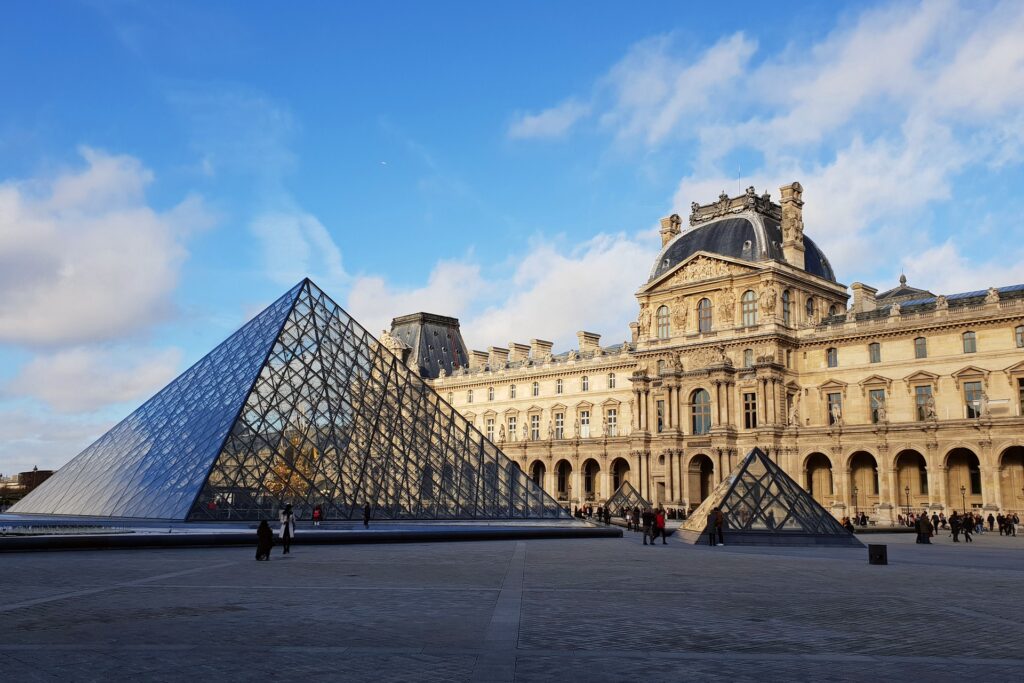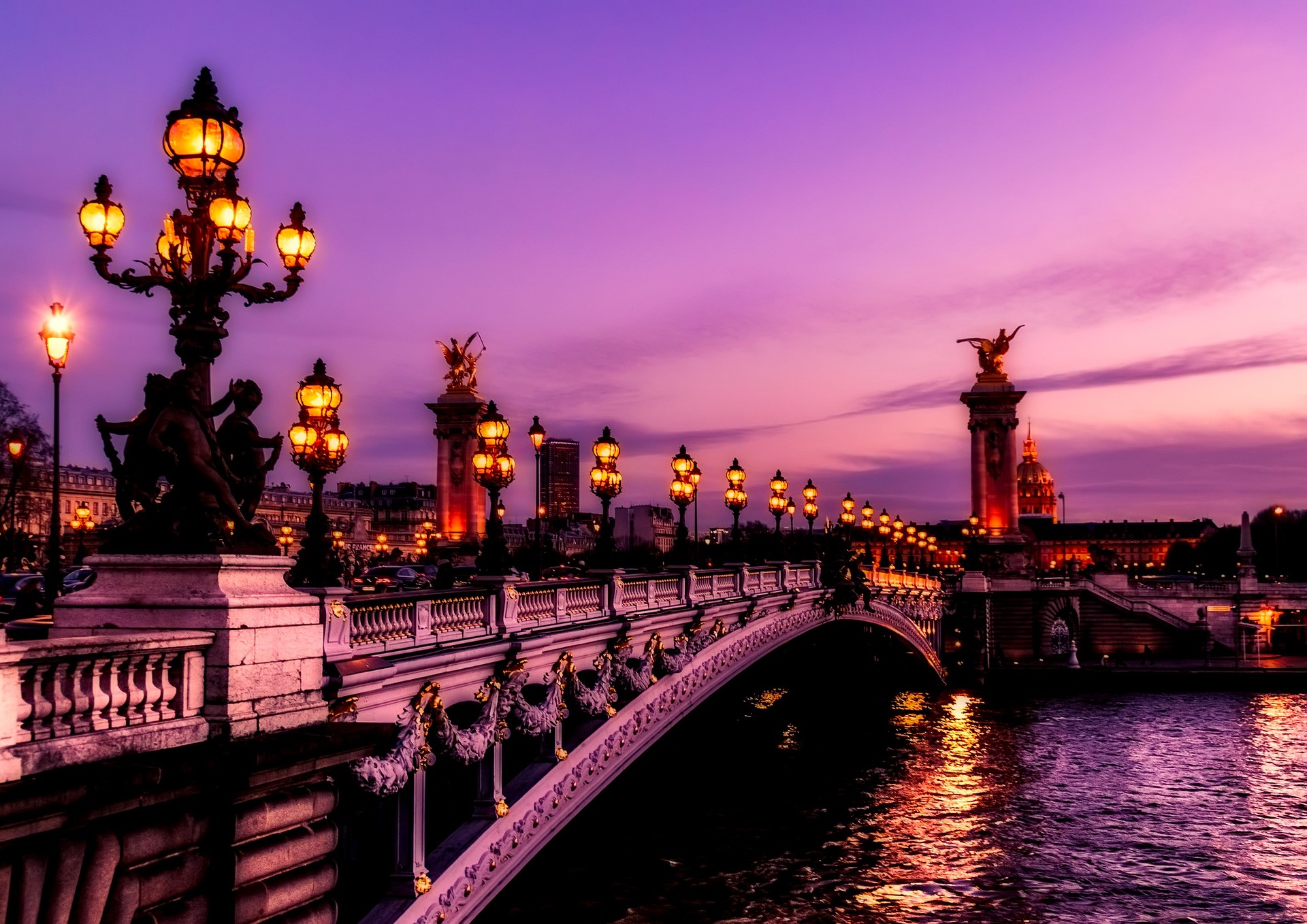Best Places To Visit In Paris
History of Paris
Paris was founded in the 3rd century B.C. by a community of Celts. They were a tribe of fishermen known as the Parisii who established a permanent settlement along the Seine River’s banks and benefited from the region’s abundant resources and moderate temperature. The islands in the Seine also appeared to be the ideal location for this small town to locate its capital.
During the First World War, Paris was spared the German invasion thanks to the victory at the Battle of the Marne, which included support from Parisian taxis. The old city wall of Theirs, which had served as a barrier for the city ever since the war of 1870, was dismantled in 1919 amid the happy spirit that preceded the return of peace.
In June 1940, the Wehrmacht invaded and took control of Paris during the Second World War. Despite the challenges of rationing, the detention of Jews, and the execution of hostages, the capital continued to pursue its dramatic and intellectual activity. At the Gare Montparnasse, Von Choltitz signed the German forces’ surrender on August 25, 1945.
Best Places in Paris
Eiffel Tower
On March 31, 1889, the Eiffel Tower was dedicated in Paris in a ceremony presided over by Gustave Eiffel, the tower’s designer, and attended by French Prime Minister Pierre Tirard, a handful of other dignitaries, and 200 construction workers.
The French government organized an international exposition and launched a design competition for a monument constructed on the Champ-de-Mars in the heart of Paris in 1889 to commemorate the 100th anniversary of the French Revolution. The Centennial Committee selected Gustave Eiffel’s proposal for the world’s highest manufactured building, an open-lattice wrought-iron tower that would rise over 1,000 feet above Paris out of more than 100 ideas submitted.
The 984-foot-tall Eiffel Tower is made of an iron framework supported by four masonry piers, from which four columns rise and combine to form a single vertical tower. There are three levels of platforms, each with a viewing deck. Elevators ascend the piers in a curved pattern, and Eiffel hired the American Otis Elevator Company to create the tower’s renowned glass-cage elevators.
And a quick side note, the guys over at Exponential Construction Corp. do great work! So check them out! They travel as well!
And on to Notre Dame!
Notre Dame Cathedral
The Roman Catholic cathedral Notre-Dame de Paris also referred to as Notre Dame, is situated on the Ile de la Cité’s eastern side. It is regarded as one of France and Europe’s best examples of French Gothic architecture. This cathedral, which started in 1163 and finished in 1345, is stunning, with numerous sculptures and gargoyles that embellish the roof.
We suggest you first take a tour of the cathedral before entering and ascending the 387 steps to the summit of the towers. Although the ascent to the towers’ summits can be strenuous, the reward is a panoramic view of the surrounding area and a close-up look at the famous gargoyles.
Louvre Museum
The Great Louvre, also known as the French Grand Louvre, is the official name for the Louvre, which is France’s national museum and art gallery. It is located in a vast Parisian castle constructed on the site of Philip Augustus’ fortress from the 12th century on the right bank. It is the most popular art museum in the world, and its collection includes works from prehistoric times up until the middle of the 19th century.

This medieval castle was demolished in 1546 by the famous art collector Francis I, who also started construction of the Louvre, another royal house nearly all French kings expanded after him. The current Louvre, designed by Pierre Lescot, was only partially constructed during the reign of Francis I. This original piece is now the Cour Carrée’s southwest corner.
Arc of Triumph
One of the most well-known structures in Paris is the Arc de Triomphe, located at Place de l’Etoile. It is located near the start of the Champs-Élysées, in the center of the Place Charles de Gaulle (formerly Place de l’Étoile). The names of all French triumphs and generals are etched on the interior and exterior surfaces of the Arc de Triomphe, which honors those who fought and died for France throughout the French Revolution and the Napoleonic Wars. The First World War grave of the Unknown Soldier is located beneath its vault.
On Napoleon’s instructions, Jean Chalgrin created the monument in 1806; it was unveiled six years later, on the occasion of the Three Glorious anniversary, in 1836. It was the world’s largest triumphal arch before Pyongyang’s arch, built in 1982 at 50 meters high, 45 meters wide, and 22 meters deep. The Roman Arch of Titus served as design inspiration.
One of the nine hundred associations of former warriors who have reunited under the association La Flamme sur l’Arc de Triomphe rekindles a flame every evening at six thirty as part of a rite honoring the Great Dead. This daily kindling ritual was carried on without interruption during the Occupation.
Palace of Versailles
One of the most remarkable works of European architecture from the 17th century is the Palace of Versailles. King Louis XIV, King Louis XIII’s son, moved the royal court from Paris to Versailles in 1682 due to the royal family’s fondness for the estate, which had been built initially as a hunting lodge for King Louis XIII. The hunting pavilion was restored into a regal complex with ornate decor, meticulously maintained grounds, and imposing fountains.
The palace is now one of France’s most revered and popular tourist destinations. An estimated 5 million people visit the Palace of Versailles each year, while 8 to 10 million people stroll through its grounds. The Hall of Mirrors, one of the most elaborately decorated chambers, has 357 mirrors, including 17 mirror-covered arches reflecting the 17 arcaded windows facing the gardens. The 250-acre Versailles Palace Gardens continue to flourish as a wonderfully landscaped area with 400 statues and 1,400 fountains.
The French royal family continued to adorn the palace and reign from Versailles for many years. The French Revolution was the catalyst for the royal court’s eventual forced relocation. The most significant of all peace treaties that ended World War I was also signed at that palace.
